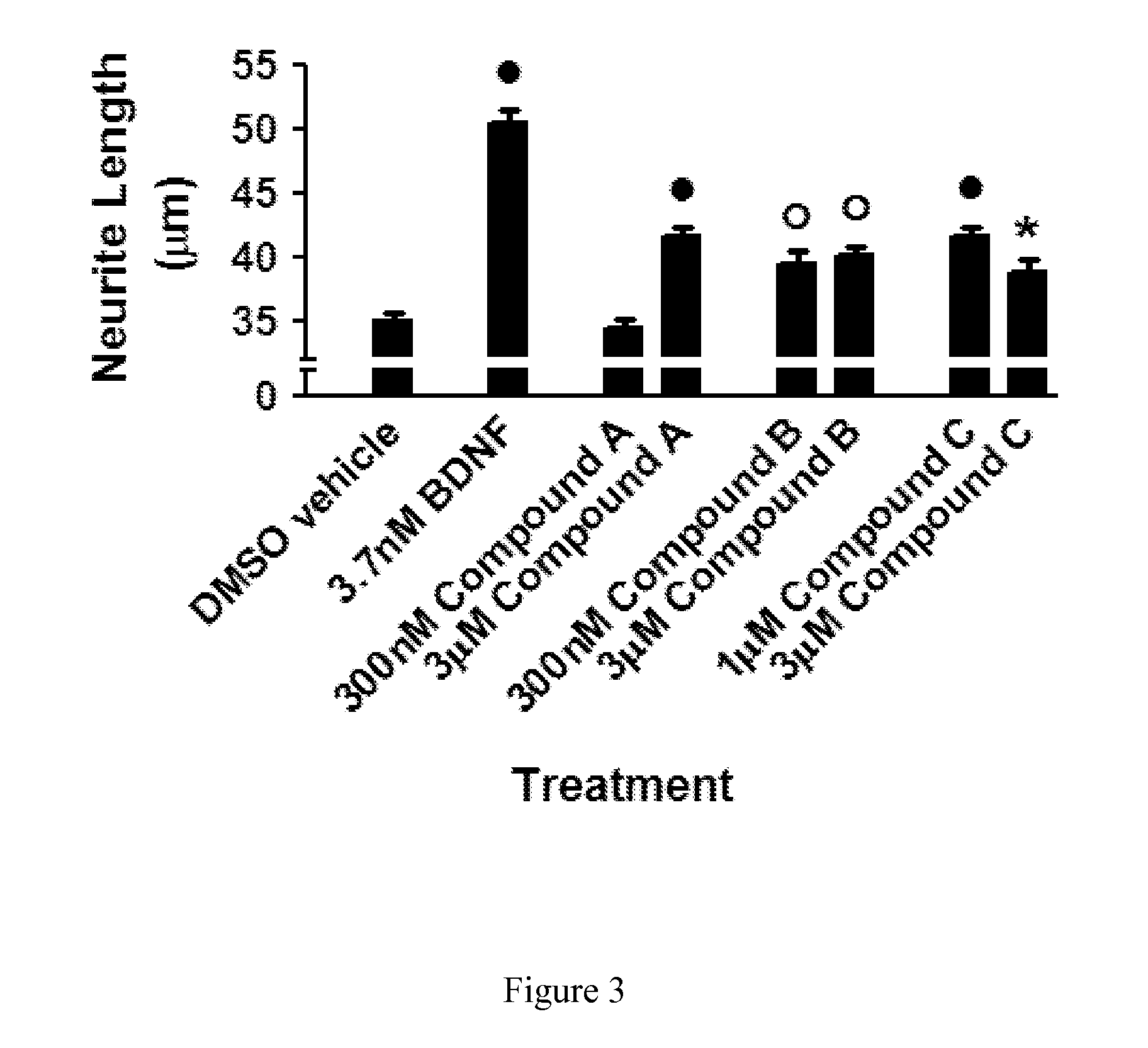Compounds for Alzheimer's disease
a technology for alzheimer's and compound alzheimer's, applied in the field of compounds for alzheimer's disease, can solve the problems of brain disorder seriously affecting a person's ability to carry out normal daily activities, no cure, and unknown, and achieve the effects of reducing and improving or lessening the decline of cognitive function
- Summary
- Abstract
- Description
- Claims
- Application Information
AI Technical Summary
Benefits of technology
Problems solved by technology
Method used
Image
Examples
example 1
Tablets
[0642]
IngredientAmountPreferred RangesCompound of Formulae I-XVI400 mg+50% to −50%Microcrystalline Cellulose392 mg+50% to −50%Colloidal Silicon Dioxide 4 mg+50% to −50%Magnesium Stearate 4 mg+50% to −50%The tablets are prepared using art known procedures.
example 2
[0643]
IngredientAmountPreferred RangesCompound of Formulae I-XVI400 mg+50% to −50%Microcrystalline Cellulose392 mg+50% to −50%Colloidal Silicon Dioxide 4 mg+50% to −50%Magnesium Stearate 4 mg+50% to −50%Coated withLactose monohydrateHydroxyl propyl methyl celluloseTitanium dioxideTracetin / glycerol triacetateIron oxideThe coated tablets are produced using art known procedures.
example 3
Capsules
[0644]
IngredientAmountPreferred RangesCompound of Formulae I-XVI400 mg+50% to −50%Microcrystalline Cellulose392 mg+50% to −50%Colloidal Silicon Dioxide 4 mg+50% to −50%Magnesium Stearate 4 mg+50% to −50%Encapsulated in gelatinThe capsules are produced using art known procedures.
PUM
| Property | Measurement | Unit |
|---|---|---|
| injection volume | aaaaa | aaaaa |
| pH | aaaaa | aaaaa |
| step size | aaaaa | aaaaa |
Abstract
Description
Claims
Application Information
 Login to View More
Login to View More - R&D
- Intellectual Property
- Life Sciences
- Materials
- Tech Scout
- Unparalleled Data Quality
- Higher Quality Content
- 60% Fewer Hallucinations
Browse by: Latest US Patents, China's latest patents, Technical Efficacy Thesaurus, Application Domain, Technology Topic, Popular Technical Reports.
© 2025 PatSnap. All rights reserved.Legal|Privacy policy|Modern Slavery Act Transparency Statement|Sitemap|About US| Contact US: help@patsnap.com



